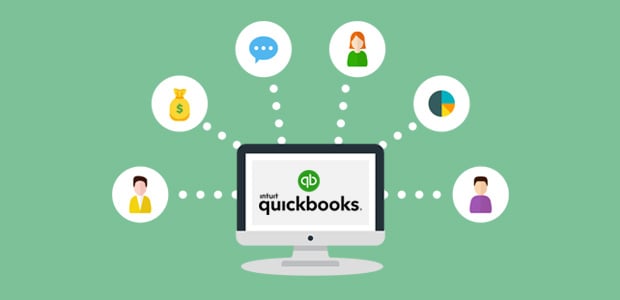While an increasing number of economists predict that the United States shall escape a recession, it shall be well into 2024 before anyone can be sure of it. Kavan Choksi mentions that the central bank is expected to navigate a path where the US economy expands with inflation rates falling back to the 2% target, even though the task can be pretty challenging. The Fed seems to be well ahead of markets in regards to recognizing that the path to a soft landing is far from assured.
Kavan Choksi provides a general forecast for the United States economy
The policy setting group of the central bank, the Federal Open Market Committee, forecasts inflation hitting its 2% target likely soon after 2025. The committee anticipates a rate of 4.6% at the end of next year, which is two points higher than the long-term trend and around a half-point higher than market expectations. The Fed raised rates recently to a range between 5.25% and 5.5%, which is the highest in two decades.
Subsequent to a period of renewed strength in early 2023, consumer spending growth in the United States slowed down in recent months. Regardless of the diverse headwinds linked with inflation and interest rates, the US consumers have not closed their wallets altogether. This trend is unlikely to hold. Compensation growth is decelerating, revolving credit utilization is going up and savings are going down. The overall consumer spending is likely to grow in Q3 2023, while a contraction is expected in Q4 2023 and Q1 2024. Consumer consumption is likely to expand more as inflation and interest rates abate in 2024.
As per Kavan Choksi, following weak growth in Q1 2023, business investment bounced by in Q2 2023 even with the increase in interest rates. This happened majorly due to a surge in business spending on equipment, as well as elevated investment in structures. This trend may reverse down the line as US consumption softens and interest rates continue to go up. The commercial and industrial lending by banks additionally continues to go down in the wake of the US banking crisis. Residential investment that is quite sensitive to Fed policy has already contracted considerably as interest rates have climbed.
Government spending represented among the few positive growth drivers for 2023 as federal non-defense spending benefited from outlays linked with infrastructure investment legislation passed in 2021 and 2022. The reductions in discretionary outlays detailed in the Fiscal Responsibility Act helped avert the debt ceiling crisis, limit overall government spending as well as is likely to act as a drag on growth later this year and early next year.
When it comes to inflation, progress is expected in the coming quarters, but this path can be pretty bumpy. The large reduction in the reported year-over-year PCE deflator in Q2 2023 was welcome but was due in-part to base effects. Rents, which are a significant contributor to faster inflation, are expected to cool down in Q3 2023. This shall drive inflation even lower.




